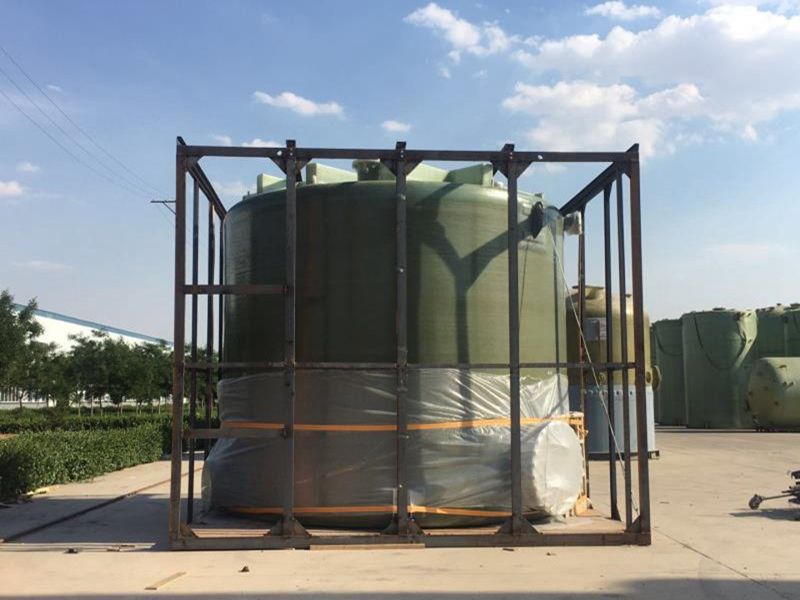
-
 Afrikaans
Afrikaans -
 Albanian
Albanian -
 Amharic
Amharic -
 Arabic
Arabic -
 Armenian
Armenian -
 Azerbaijani
Azerbaijani -
 Basque
Basque -
 Belarusian
Belarusian -
 Bengali
Bengali -
 Bosnian
Bosnian -
 Bulgarian
Bulgarian -
 Catalan
Catalan -
 Cebuano
Cebuano -
 China
China -
 China (Taiwan)
China (Taiwan) -
 Corsican
Corsican -
 Croatian
Croatian -
 Czech
Czech -
 Danish
Danish -
 Dutch
Dutch -
 English
English -
 Esperanto
Esperanto -
 Estonian
Estonian -
 Finnish
Finnish -
 French
French -
 Frisian
Frisian -
 Galician
Galician -
 Georgian
Georgian -
 German
German -
 Greek
Greek -
 Gujarati
Gujarati -
 Haitian Creole
Haitian Creole -
 hausa
hausa -
 hawaiian
hawaiian -
 Hebrew
Hebrew -
 Hindi
Hindi -
 Miao
Miao -
 Hungarian
Hungarian -
 Icelandic
Icelandic -
 igbo
igbo -
 Indonesian
Indonesian -
 irish
irish -
 Italian
Italian -
 Japanese
Japanese -
 Javanese
Javanese -
 Kannada
Kannada -
 kazakh
kazakh -
 Khmer
Khmer -
 Rwandese
Rwandese -
 Korean
Korean -
 Kurdish
Kurdish -
 Kyrgyz
Kyrgyz -
 Lao
Lao -
 Latin
Latin -
 Latvian
Latvian -
 Lithuanian
Lithuanian -
 Luxembourgish
Luxembourgish -
 Macedonian
Macedonian -
 Malgashi
Malgashi -
 Malay
Malay -
 Malayalam
Malayalam -
 Maltese
Maltese -
 Maori
Maori -
 Marathi
Marathi -
 Mongolian
Mongolian -
 Myanmar
Myanmar -
 Nepali
Nepali -
 Norwegian
Norwegian -
 Norwegian
Norwegian -
 Occitan
Occitan -
 Pashto
Pashto -
 Persian
Persian -
 Polish
Polish -
 Portuguese
Portuguese -
 Punjabi
Punjabi -
 Romanian
Romanian -
 Russian
Russian -
 Samoan
Samoan -
 Scottish Gaelic
Scottish Gaelic -
 Serbian
Serbian -
 Sesotho
Sesotho -
 Shona
Shona -
 Sindhi
Sindhi -
 Sinhala
Sinhala -
 Slovak
Slovak -
 Slovenian
Slovenian -
 Somali
Somali -
 Spanish
Spanish -
 Sundanese
Sundanese -
 Swahili
Swahili -
 Swedish
Swedish -
 Tagalog
Tagalog -
 Tajik
Tajik -
 Tamil
Tamil -
 Tatar
Tatar -
 Telugu
Telugu -
 Thai
Thai -
 Turkish
Turkish -
 Turkmen
Turkmen -
 Ukrainian
Ukrainian -
 Urdu
Urdu -
 Uighur
Uighur -
 Uzbek
Uzbek -
 Vietnamese
Vietnamese -
 Welsh
Welsh -
 Bantu
Bantu -
 Yiddish
Yiddish -
 Yoruba
Yoruba -
 Zulu
Zulu
frp drum
The Versatility of FRP Drums A Comprehensive Overview
In the realm of packaging solutions, Fiber Reinforced Polymer (FRP) drums have emerged as a popular choice due to their lightweight, durable, and corrosion-resistant properties. As industries seek more efficient and sustainable packaging options, FRP drums offer a compelling alternative to traditional metal and plastic containers. This article will delve into the myriad advantages of FRP drums, their applications across different sectors, and their contributions to environmental sustainability.
FRP drums are composed of a composite material that combines a polymer matrix with reinforcing fibers, typically made of fiberglass. This unique composition endows FRP drums with exceptional strength and rigidity while significantly reducing their weight compared to metal drums. The lightweight nature of FRP makes them easier to handle, transport, and store, thereby enhancing operational efficiency in warehouses and factories.
.
Moreover, FRP drums are designed to be resistant to UV radiation, ensuring that packaging integrity is preserved even when exposed to sunlight for extended periods. This characteristic is beneficial for outdoor storage and transportation, where exposure to environmental elements can compromise other types of packaging. Additionally, the durability of FRP drums reduces the likelihood of leaks or contamination, further protecting both the product and the environment.
frp drum

In terms of applications, FRP drums are utilized across a wide array of industries. The chemical manufacturing sector, for instance, frequently relies on these containers for the storage and transportation of hazardous materials. Their lightweight and non-corrosive properties allow businesses to meet safety regulations while optimizing logistics. The food and beverage industry is also embracing FRP drums, as they provide safe, contamination-free storage for ingredients and products.
Sustainability is another critical aspect of FRP drums that cannot be overlooked. As industries increasingly aim to reduce their environmental footprints, the shift toward recyclable and eco-friendly packaging becomes vital. FRP materials are not only recyclable but also offer a longer lifespan compared to traditional packaging options. This longevity means fewer drums are produced and disposed of, leading to a notable reduction in waste. Additionally, the energy required to manufacture FRP drums is often lower than that for metal, further diminishing their overall environmental impact.
Despite their many benefits, it is essential to note that FRP drums come with considerations regarding cost and specific use cases. While they may be more expensive than their metal or plastic counterparts upfront, the long-term savings in durability, reduced waste, and logistical efficiency often outweigh initial investment costs. Companies considering the switch to FRP drums should evaluate their specific needs and consult with experienced suppliers to determine the best options available.
In conclusion, FRP drums represent a significant advancement in packaging technology, combining strength, lightweight design, and resistance to environmental stressors. Their versatility makes them suitable for various industries, while their eco-friendly attributes align with the goals of modern sustainability initiatives. As more businesses recognize the advantages of incorporating FRP solutions into their operations, it is evident that these innovative drums will continue to play a crucial role in the future of packaging.









